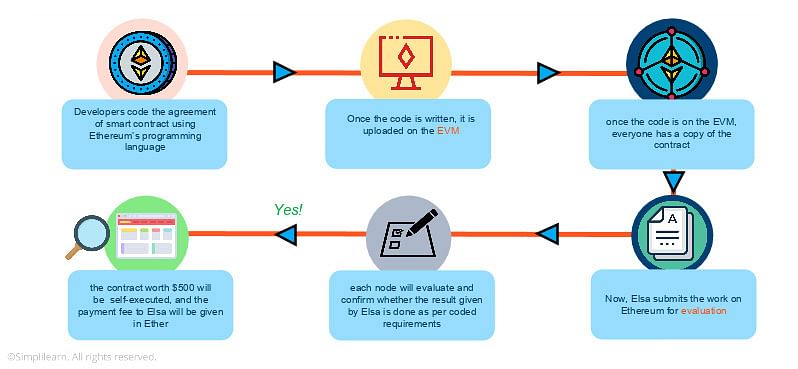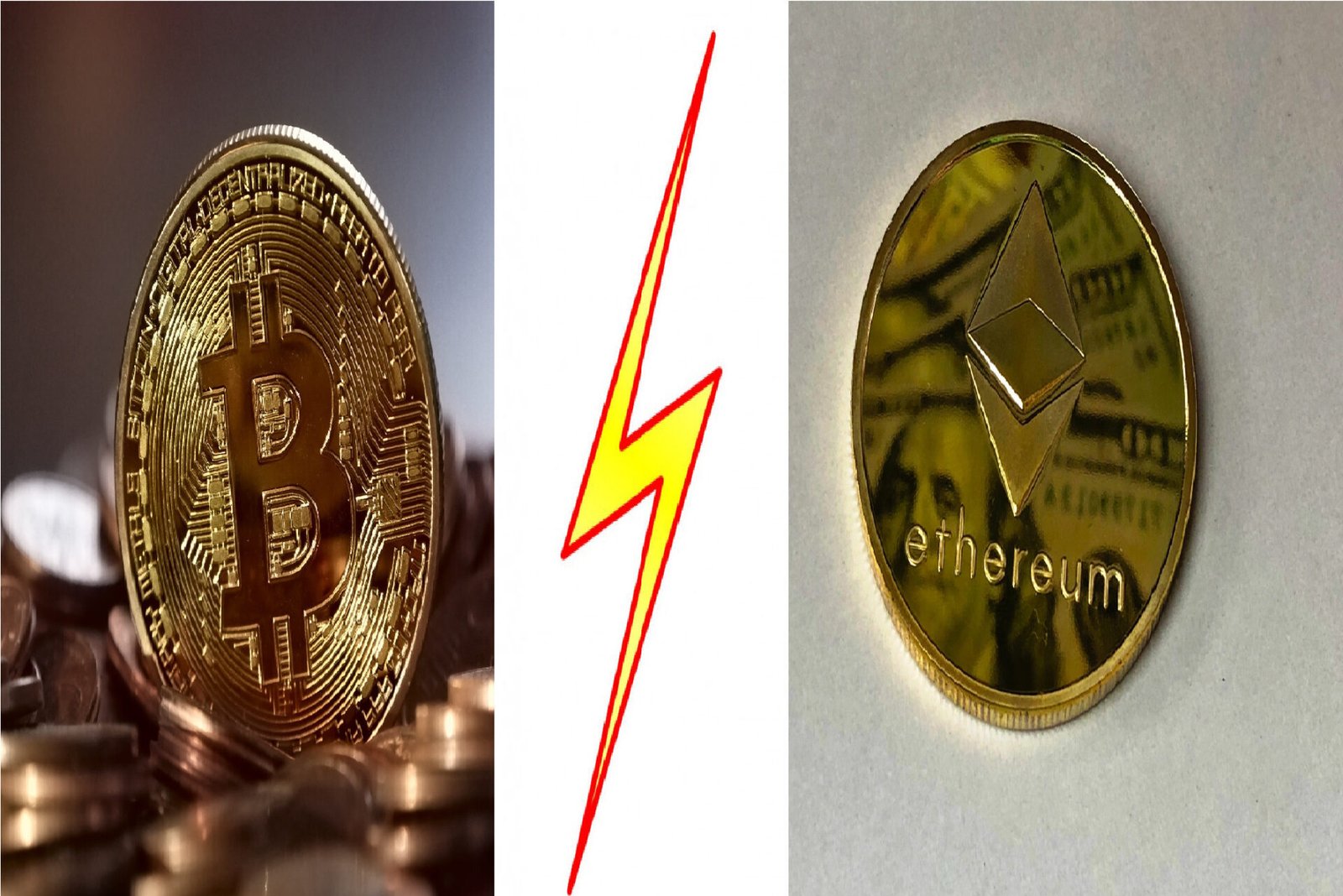Music Audio Repair Restoring Sound Quality
The world of music is filled with imperfections. From the subtle hiss of old recordings to the jarring crackle of a damaged vinyl record, audio issues can detract from the listening experience. Music audio repair, however, offers a pathway to restoring these damaged or degraded sounds, breathing new life into cherished recordings and enhancing the overall quality of musical productions.
This process involves a blend of sophisticated software, algorithmic techniques, and a deep understanding of audio engineering principles. Whether dealing with minor imperfections or extensive damage, the goal remains the same: to recover the original intent of the music and present it in the clearest, most accurate form possible.
This exploration delves into the various techniques and tools employed in music audio repair, from basic noise reduction to advanced spectral editing. We’ll examine the unique challenges presented by different musical genres and the impact of mastering processes on the repair workflow. Through practical examples and case studies, we will illustrate how these methods can be applied effectively to address a range of audio problems, ultimately transforming flawed recordings into pristine audio experiences.
Introduction to Music Audio Repair
Music audio repair is the process of restoring damaged or degraded audio recordings to a higher level of quality. This involves identifying and correcting various imperfections that can significantly impact the listening experience, ranging from subtle flaws to major distortions. The goal is to preserve the artistic intent of the original recording while improving its overall fidelity and clarity.The need for music audio repair arises from a variety of sources, impacting both historical recordings and modern productions.
Many factors contribute to audio degradation, resulting in a range of imperfections that require specialized techniques for restoration.
Common Audio Problems Requiring Repair
Audio imperfections can broadly be categorized into several types. These problems, individually or in combination, can significantly detract from the overall quality of a musical recording. Understanding these common issues is crucial for effective repair. Examples include:
- Noise Reduction: This encompasses various unwanted sounds such as hiss, crackle, hum, and pops. These noises can mask the underlying music and detract from its clarity. For instance, older vinyl recordings often suffer from surface noise due to wear and tear.
- Click and Pop Removal: These abrupt, sharp sounds are often caused by dust, scratches, or imperfections on the recording medium. They can be particularly disruptive to the listening experience.
- Click Repair: This is a more targeted approach to removing individual clicks and pops, often employing techniques that analyze the surrounding audio to seamlessly replace the damaged portion.
- Hum Removal: A low-frequency, constant drone often caused by electrical interference during recording or playback.
- Crackle Removal: A high-frequency, often abrasive sound that can be a byproduct of old or damaged media.
- Restoration of Dynamic Range: Many older recordings suffer from compression, resulting in a loss of dynamic range and a less impactful listening experience. Repair involves carefully expanding the dynamic range to restore the original nuances of the music.
Types of Audio Imperfections
Audio imperfections can manifest in several ways, affecting different aspects of the sound. These imperfections necessitate the application of specific repair techniques to effectively address the underlying problems.
- Frequency-related imperfections: These include imbalances in the frequency spectrum, resulting in certain frequencies being too prominent or too quiet. This can create a muddy or thin sound. For example, a recording might have excessive bass or lack of high frequencies.
- Time-related imperfections: These involve issues with the timing of the audio, such as clicks, pops, and dropouts. These can disrupt the flow of the music and create an unpleasant listening experience.
- Amplitude-related imperfections: These are issues with the loudness of the audio, such as clipping (where the audio signal exceeds the maximum level), and overall low volume. Clipping can cause distortion, while low volume can result in a weak or indistinct sound.
A Brief History of Music Audio Repair Techniques
Early methods of audio repair were largely manual and labor-intensive. Techniques such as splicing tape and using razor blades to remove imperfections were common. The advent of digital audio workstations (DAWs) revolutionized the field, enabling non-destructive editing and the application of sophisticated algorithms for noise reduction, restoration, and other improvements. Modern techniques utilize advanced signal processing algorithms and artificial intelligence to achieve levels of restoration previously unimaginable.
For example, the development of spectral editing allows for precise manipulation of individual frequencies within a recording, enabling the removal of unwanted artifacts without affecting the surrounding audio. The use of AI-powered tools has further advanced the field, automating some aspects of the repair process and increasing efficiency.
Repairing Specific Audio Issues
Audio repair often involves tackling specific problems that detract from the overall quality of a recording. These issues, ranging from minor imperfections to significant damage, can be addressed using various techniques and software tools. Effective repair requires careful listening and a methodical approach, balancing the need for correction with the preservation of the original audio’s character.
Removing Clicks and Pops
Clicks and pops, often caused by dust, scratches on vinyl records, or digital artifacts, are common audio blemishes. These transient noises can be effectively reduced using several methods. One common technique is to use a noise reduction plugin that specifically targets transient noise. These plugins often employ spectral analysis to identify and attenuate the short bursts of energy characteristic of clicks and pops.
Another approach involves using a “click repair” tool, which may analyze the audio and automatically replace the affected samples with interpolated values based on surrounding audio. Careful manual editing with tools that allow for precise sample-level adjustments can also be highly effective, though more time-consuming. The choice of method depends on the severity and frequency of the clicks and pops and the desired level of manual intervention.
Reducing Background Noise and Hiss
Background noise, including hiss, hum, and rumble, can significantly degrade audio quality. Noise reduction is a crucial step in audio restoration. Many audio editing software packages offer noise reduction tools. These tools often work by analyzing a section of audio containing only noise and then creating a noise profile. This profile is then used to identify and reduce similar noise patterns throughout the rest of the audio.
Different algorithms are employed, some focusing on spectral analysis while others utilize more sophisticated techniques like collaborative filtering. The effectiveness of noise reduction varies depending on the type and level of noise present, and it’s important to apply it carefully to avoid artifacts or unintended loss of audio detail. It’s crucial to preview the results before applying the noise reduction permanently, as over-processing can result in a dull or unnatural sound.
Restoring Damaged or Degraded Audio
Damaged or degraded audio, often characterized by dropouts, distortion, or gaps, requires more advanced techniques for restoration. This may involve using specialized software designed for audio restoration or employing more sophisticated techniques such as spectral editing or phase correction. Spectral editing allows for the visual manipulation of the frequency components of the audio, making it possible to selectively remove or repair damaged portions.
In cases of significant damage or loss, interpolation or extrapolation techniques may be employed to fill in the gaps, though this often requires careful consideration to maintain audio quality. For severely damaged audio, it’s essential to manage expectations, as complete restoration might not always be possible. However, careful application of restoration techniques can often yield significant improvements.
Repairing Clipping in Audio
Clipping occurs when the audio signal exceeds the maximum amplitude allowed by the recording system, resulting in distortion and a harsh, unnatural sound. While clipped audio cannot be perfectly recovered, several techniques can mitigate the damage. One method is to reduce the overall gain of the audio signal, lowering the peak amplitude to below the clipping threshold. This, however, results in a reduction in overall loudness.
More advanced techniques include using specialized plugins designed for clipping repair. These plugins often employ algorithms that attempt to reconstruct the lost information by analyzing the shape of the clipped waveform and estimating the original signal. While these methods can reduce the harshness of the clipping, it’s crucial to understand that the original, unclipped signal cannot be perfectly recovered.
Prevention is always better than cure; careful monitoring of levels during recording is the most effective way to avoid clipping.
Advanced Music Audio Repair Techniques
Moving beyond basic noise reduction and click repair, advanced music audio repair delves into sophisticated techniques that require a deeper understanding of audio signal processing and spectral analysis. This section will explore some of these advanced methods, focusing on spectral editing, phase correction, and workflows for severely damaged audio. Mastering these techniques allows for the restoration of audio quality far beyond what simpler tools can achieve.Spectral editing offers powerful capabilities for targeted manipulation of audio frequencies.
It allows for the precise removal or modification of specific frequency components within a sound, giving the user fine-grained control over the audio’s tonal balance and clarity. This is especially useful for removing unwanted resonances, correcting frequency imbalances, or isolating and enhancing specific instruments within a mix.
Spectral Editing Techniques
Spectral editing relies on visualizing the audio’s frequency content over time, typically using a spectrogram. This visual representation allows for the identification of problematic frequencies or artifacts. Advanced techniques involve using selection tools to isolate specific frequency regions and applying various processing algorithms, such as selective attenuation, gain adjustments, or even the replacement of damaged spectral components with synthesized or interpolated data.
For instance, a harsh resonance at 2kHz in a vocal recording could be attenuated, smoothing the vocal tone without affecting other frequencies. Conversely, a missing fundamental frequency in a bass line could potentially be synthesized or extrapolated from the harmonic content present in the recording. These manipulations require a keen understanding of audio signal processing and a delicate touch to avoid introducing artifacts or altering the natural sound of the audio.
Phase Correction Methods
Phase issues, often resulting from microphone placement, recording equipment, or editing processes, can cause significant problems in the final mix. These problems manifest as a loss of clarity, unnatural comb filtering effects, or a sense of hollowness. Several methods exist to address phase issues. One common approach involves using phase alignment plugins that analyze the phase relationship between multiple tracks and automatically adjust them to minimize phase cancellations.
Another technique involves using spectral editing to selectively remove or attenuate frequencies exhibiting significant phase issues. A third method, which is often more advanced, involves using sophisticated phase correction algorithms that attempt to reconstruct the original phase information from the available data. This can be challenging and may not always yield perfect results, but it can be effective in restoring a more natural and coherent sound.
The choice of method depends heavily on the nature and severity of the phase problem, as well as the available tools and expertise.
Repairing Severely Damaged Audio Files
Repairing severely damaged audio files often requires a multi-step workflow combining several techniques. The initial step involves careful analysis of the damage, identifying the types of artifacts present (clicks, pops, dropouts, noise). A combination of noise reduction techniques, spectral editing, and possibly even resampling may be employed. In cases of significant data loss, interpolation techniques can be used to fill in gaps, but this should be done cautiously to avoid introducing artifacts or unnatural sounds.
The process is iterative, requiring constant monitoring and adjustments to achieve the best possible results. For instance, a severely scratched vinyl record might require noise reduction to handle surface noise, spectral editing to remove clicks and pops, and potentially interpolation to fill in dropouts caused by scratches. This is a highly specialized area requiring experience and a robust set of tools.
The goal is to restore as much of the original audio quality as possible while minimizing the introduction of artifacts.
Closing Notes
Mastering the art of music audio repair requires a blend of technical expertise and artistic sensibility. By understanding the underlying principles of audio restoration and utilizing the right tools, one can effectively address a wide range of audio imperfections. From the subtle removal of background noise to the meticulous reconstruction of damaged sections, the process allows for the preservation and enhancement of valuable musical recordings.
This journey into the world of audio repair not only unveils the intricacies of sound restoration but also highlights the power of technology to revitalize and preserve our musical heritage. The result is not merely the correction of flaws but the unveiling of the true potential of the original recording, allowing listeners to experience the music as the artist intended.
Top FAQs
What are the common causes of audio imperfections?
Common causes include recording equipment limitations, environmental noise, tape degradation, digital artifacts, and improper mastering.
Can I repair severely damaged audio perfectly?
While significant improvements are possible, perfect restoration of severely damaged audio is often not achievable. The extent of repair depends on the severity and type of damage.
What is the difference between noise reduction and audio restoration?
Noise reduction focuses on removing unwanted sounds, while audio restoration aims to repair damaged or degraded audio, often involving more complex techniques.
Is specialized software required for music audio repair?
Yes, while some basic tasks can be done with simpler tools, advanced repair often necessitates specialized audio editing software.



